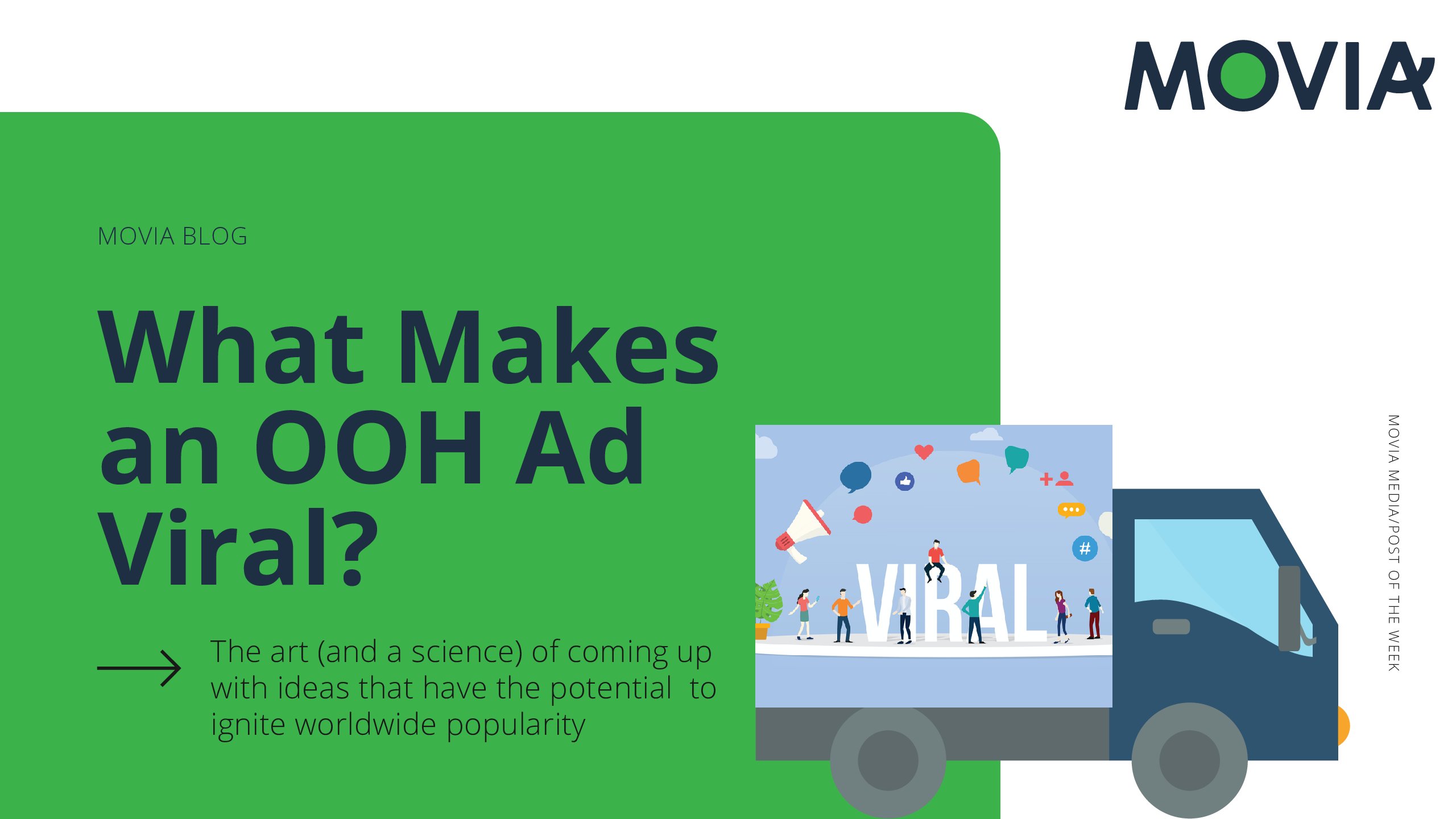
Everyone can recall the little boy from the Charlie Bit My Finger video, or the infamous ‘break the internet’ photos of Kim Kardashian in Paper magazine, or the insanely popular ALS Ice Bucket Challenge. All of these movements went viral online, creating an explosion of engagement and exposure from those all over the world. But what caused the level of virality that these posts gained? What allowed for such a mass amount of sharing and reposting, what caused all the hype?
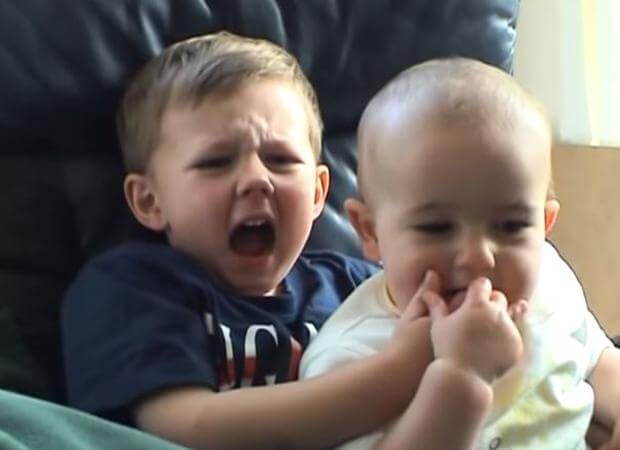
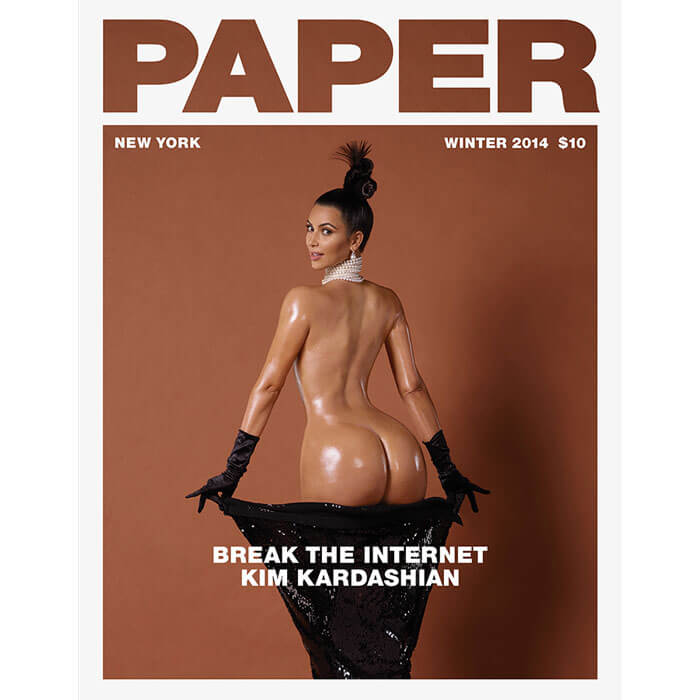

A lot of videos and images that go viral on the internet are fluke scenarios – like the Charlie Bit My Finger video. There really isn’t a rhyme or reason behind the level of success or engagement that this particular video produced, it was just one of those things that piqued the interest of millions. However, images like those of the megastar Kim Kardashian, half-naked and oiled-up on the front cover of a magazine were certainly engineered to receive a flood of coverage and commentary.
There is an art (and a science) to coming up with ideas and scenarios that have the potential of igniting worldwide popularity. This is where advertisers, specifically Out-of-Home (OOH) advertisers, come in. They have the ability to formulate creative ads that get consumers to want to post, like, and share them on the internet – to the point where they become viral. Of course, every advertiser would love it if all their ad campaigns went viral and obtained the most engagement possible, but that just isn’t possible. There is a kind of formula that goes along with creating something that stands out just enough to take off on the internet. In this article, we’ll take a look at some Out-of-Home (OOH) ads that had that ‘extra something special’ to go viral online and what OOH advertisers can learn from these ads for their future campaigns.
Hammering Home The Importance Of Creativity
One of the most important formulaic elements to any successful viral OOH ad campaign, is its creative genius. Everyone knows the age-old saying, ‘think outside of the box’. And as cliche and corny as that sounds, it still rings absolutely true. As innovative, unique, and fantastical you can make your advertisement, the better off you’ll be. People have the internet at their fingertips, which means that the ability to shock people with new and noteworthy creative is getting more and more difficult. If you can hold someone’s attention for an extended period of time on your advertisement through your creative prowess, you’ve done a remarkable job. Let’s take a look at some of the most creative OOH ads and how they were able to successfully capture audiences everywhere.
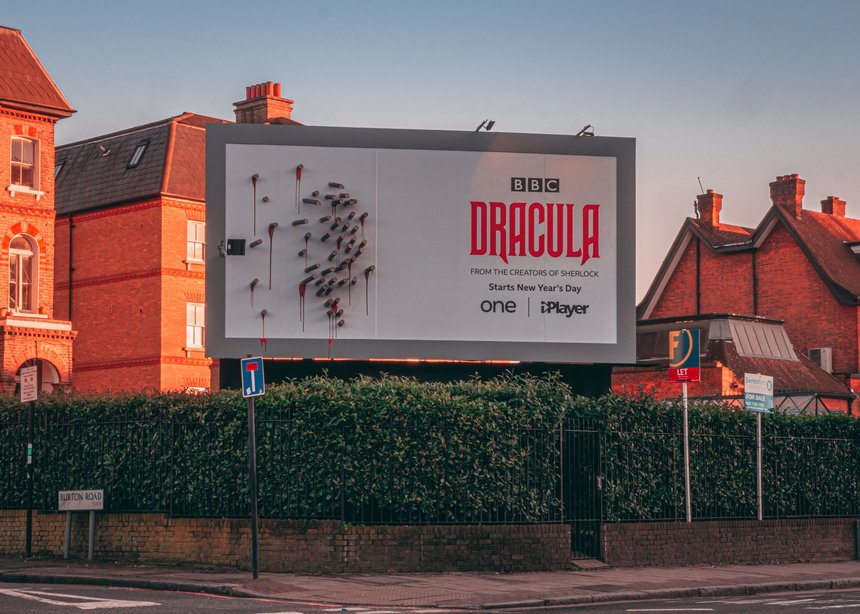
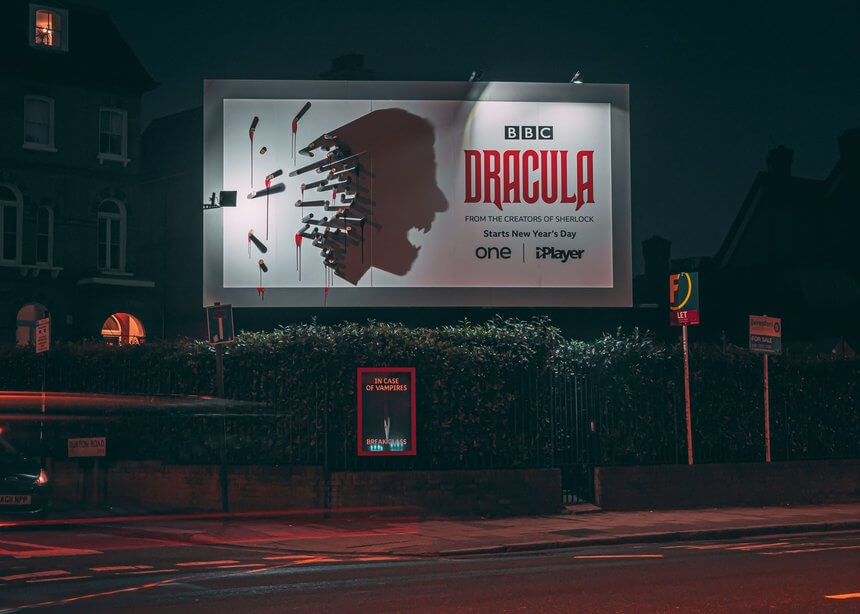
In December of 2019, BBC Creative wanted UK audiences to engage with the Dracula figure, and subsequently the new show ‘Dracula’, in a new and exciting way. They teamed up with Talon to create a special build OOH poster that played off of light and shadows to bring the campaign to life. During the day, the large billboard appeared as though it had a bunch of bloody stakes poking out of it. But as the sun begins to set over the billboard, the face of Dracula can be seen, cast by the shadows of the stakes and the setting sun. Viewers online could watch a 10-second time lapse of the transformation at sunset, which drove online conversation and engagement. The time-lapse video accrued over 7 million views across social media platforms and appeared in over 40 articles.
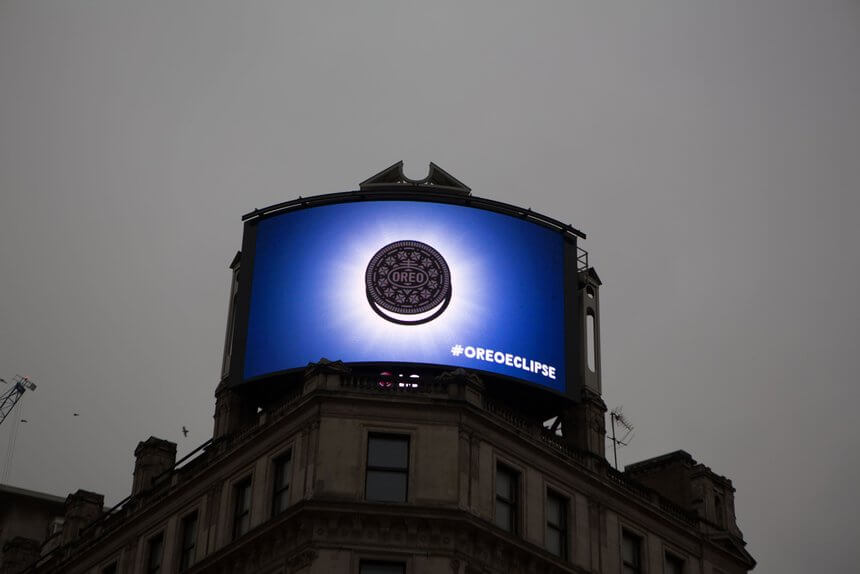
In keeping with the theme of the sun’s phases, Talon created another viral OOH ad campaign for the beloved cookie brand, Oreo. The campaign was set to coincide with the solar eclipse a few years back in order to amplify Oreo’s new branding strategy, ‘Play with Oreo’. On the day of the eclipse, data from the Royal Astronomical Society and TimeAndDate.com, was used to track the movement of the eclipse in the sky. This same movement was mirrored on two massive Digital OOH billboards in London and Edinburgh using a large oreo. For those who weren’t able to watch the real-time production, a reproduction of the eclipse was created and appeared on Digital OOH screens across the UK. In addition to this already phenomenal campaign, Oreo created the first-ever translucent cover wrap of The Sun newspaper. The wrap was printed in black to ‘eclipse’ the publication along with two eclipse-themed Oreo ads within the paper. There were more than 2 million copies of this publication printed and distributed and roughly 6,000 tweets made after the first 2 hours of the DOOH live-stream. The online reproduction also garnered roughly 20 million impressions in the UK alone. And we can’t forget about the hashtag ‘#OREOECLIPSE’ that went viral on social media platforms for days after the event.
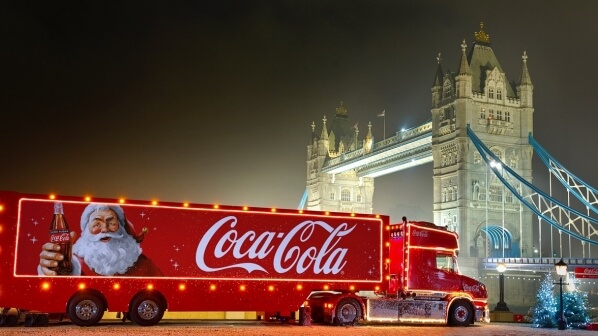
The infamous Coca-Cola Christmas Caravan campaign is a great example of creative OOH advertising that has withstood the test of time. The campaign began in 1995 solely as a commercial of the truck’s bold lighting and bright caravans spreading Christmas cheer to all. Now, Coca-Cola puts on giant truck tours every winter season, visiting cities everywhere to deliver Coca-Cola bottles and other presents with the classic depiction of Santa holding a bottle of Coke on the side. This campaign has become so popular and so well-known that Coca-Cola is now synonymous with the Christmas caravanes and with Christmas in general! The marketing team over the years has been able to fine-tune the campaign to keep it relevant, but also provide people with that sense of nostalgia that Christmastime and Santa Claus bring. It’s an ingenious campaign that gained popularity so quickly and for so long and is a huge part of why Coca-Cola is so successful.
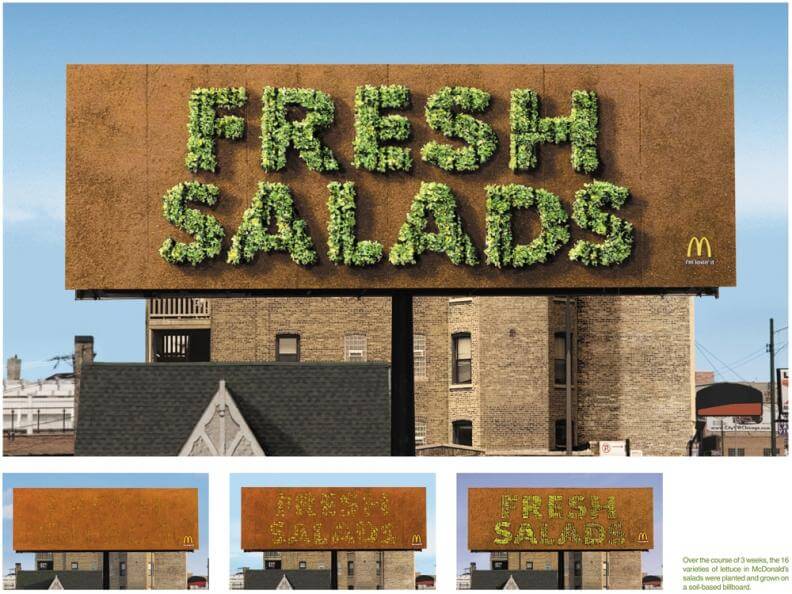
A few years back, McDonald’s wanted to promote a few new products, including their new fresh salads. They decided to create a giant OOH billboard made up of thousands of heads of lettuce that grew to spell out the words, ‘Fresh Salads’. They found a south-facing billboard that was placed in a highly populated area next to a major subway station and alongside many bus routes. McDonald’s then brought in America’s leading horticulturists to plant a variety of 17 different kinds of lettuce that go into the McDonald’s salads. After roughly three weeks, and a ton of watering, the words slowly began to take shape, forming one of the first-ever live billboards. After the billboard was in full effect, sales in the market area increased by 30%, with more than 546,000 salads sold. Local broadcasting media covered the story, as did numerous national and international publications. The billboard also became a huge internet success, gaining insane exposure and traction for the new products.
Interactive OOH
Interactive OOH advertising is a great way to get people engaging with your ad, sharing it with friends, and talking about it online. One of the biggest reasons why ad campaigns go viral is because they took the time to make sure the ad is memorable. An easy and effective way to do this, is by making people interact with your ad, whether that be in the form of a game, a contest entry, a free prize or gift, etc. Everyone’s busy, especially when they’re outside with a destination in mind. So getting people to stop for a minute and interact with whatever it is you’re trying to sell, is very important. Once you’ve gotten someone to interact with your ad, the more likely it is that they’ll tell someone about it – either online or in person. This gives the campaign a way higher chance of going viral and reaching more and more people. Let’s take a look at some interactive OOH ads that shocked the world.

In order to promote the 30th store opening in France, IKEA installed an entire furnished apartment on the side of a climbing wall in the middle of Paris. The wall features an assortment of coloured furniture that’s been fixed to the wall vertically in order to be climbed on and around. The display rooms are fully furnished with beds, cabinets, charis, tables, lounges, and accessories similar to the display rooms in IKEA stores. Any passersby was able to be hooked up with a safety harness and climb around the rooms using steps and grips that were fitted to the wall. This was an insanely creative collaboration conducted by IKEA and the Paris-based ad agency Ubi Bene. The results were outstanding and certainly got people talking both on and offline.
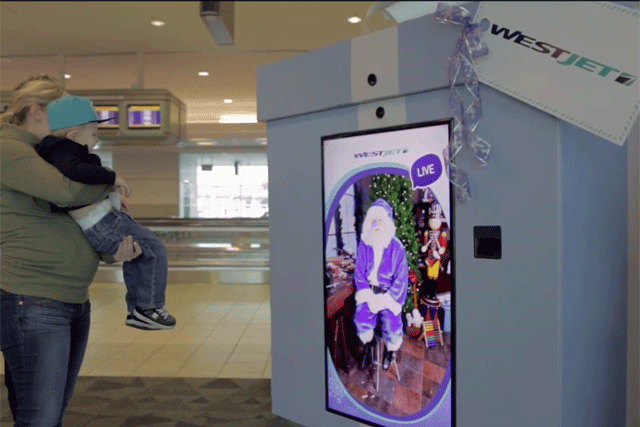
Back in 2013, WestJet wanted to give their passengers a holiday gift to remember. Before boarding their flight, a Digital OOH ad asked passengers what they’d like as a gift for the holidays. Upon their arrival in Calgary, the passengers that gave responses to the ad were gifted with a real-time holiday surprise as part of a true ‘Christmas Miracle’! WestJet then posted the experience on their Youtube page and within a few days, it was the most shared Canadian viral ad of the year, and among the top five globally.
Emotions Play A Big Role
Making people feel something is one of the most important parts of creating a successful (and often viral) OOH ad campaign. If your ad campaign is lifeless and dull there’s little chance of it becoming a big talking point between consumers. What makes people want to talk about the ads that they see is their ability to be emotional. That doesn’t necessarily mean that your ads always have to be thrilling, exciting, or controversia. It just means that they should probably include some sensitivity or nostalgia – just something that people can reminisce about or relate to. Now this isn’t the easiest of tasks, which is why not every advertisement is a home run. Everyone’s emotions work differently, meaning one ad has the potential to tug on the heartstrings of someone while meaning nothing to someone else. That’s why it’s the advertisers job to try and create ads that will potentially relate to a mass amount of people at once. Let’s take a look at some OOH ad campaigns that were able to stir the emotions of millions and how.
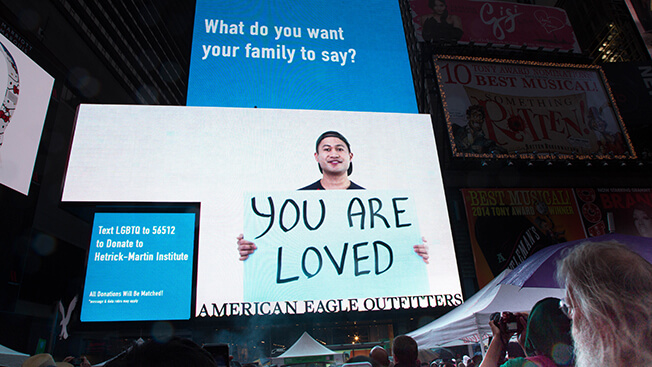
For Gay Pride Month, American Eagle partnered with New York’s Hetrick-Martin Institute, an advocacy group for at-risk gay youth, to create a bold and heartfelt statement using OOH. The massive DOOH billboard in Times Square on top of the American Eagle Outfitters was lit up with gay teens holding empowering signs. American Eagle donated one minute of time every hour on its 15,000 square foot LED screens in order to build awareness and fundraising around the messages. The campaign was extremely successful, especially since the ad was displayed at one of the most high-profile OOH ad spots in the world.
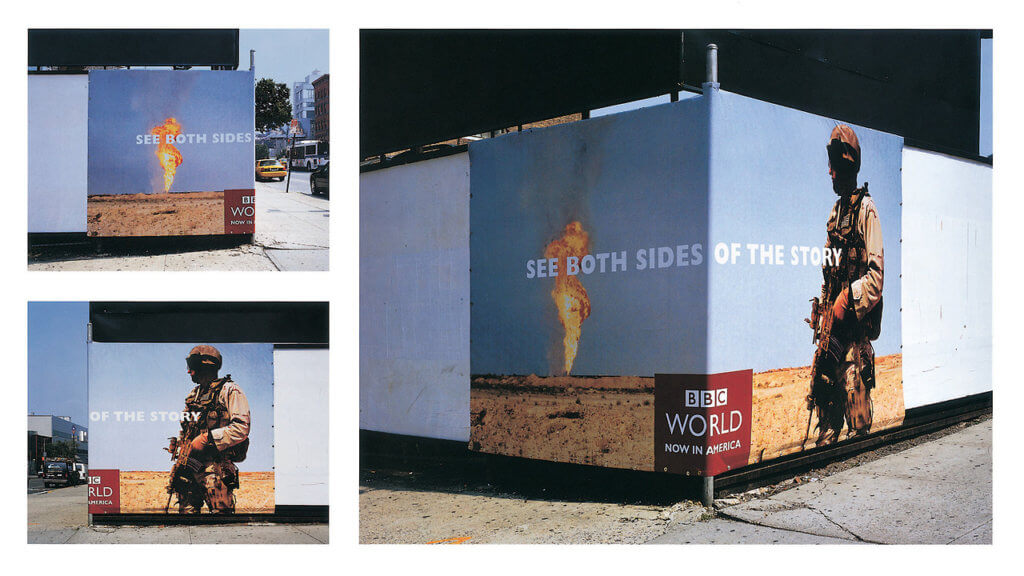
Another great example is the OOH ad campaign that BBC created in order to publicize the launch of ‘BBC World’, a 24-hour news and information channel in the US. BBC created numerous billboards that were wrapped around two sides of a corner of a building. A current news story would make up most of the billboard, wrapping around a building. Viewers would have to walk around the corner of the building, looking at both sides, in order to grasp the complete story. Each billboard also included the text in the middle, “See Both Sides of the Story”. The BBC has a reputation for objective news and telling the truth when it comes to the stories that they broadcast, and so this OOH ad campaign highlights this extremely well. Besides the billboards, the campaign also included an interactive billboard in New York that invited viewers to text their votes on important issues like immigration. This campaign was majorly impactful not only because it was clever, but also because the news that BBC chose to depict on the billboards was hard to look at and often devastating. The point was to get people thinking about what they chose to read or see in the news and how BBC news is always capable and always willing to provide unbiased reporting. Very well done.
To Conclude
There are a lot of moving pieces that go into an OOH advertisement that will make it go viral online. And yes, sometimes it’s by complete fluke. However, a lot of the time there are underlying reasons for the success of any ad campaign. The three big ones being: creative ads, interactive ads, and emotional and relatable ads. When considering OOH for your next ad campaign, definitely consider taking these three details into account. And you never know, you might just become the next internet sensation!


